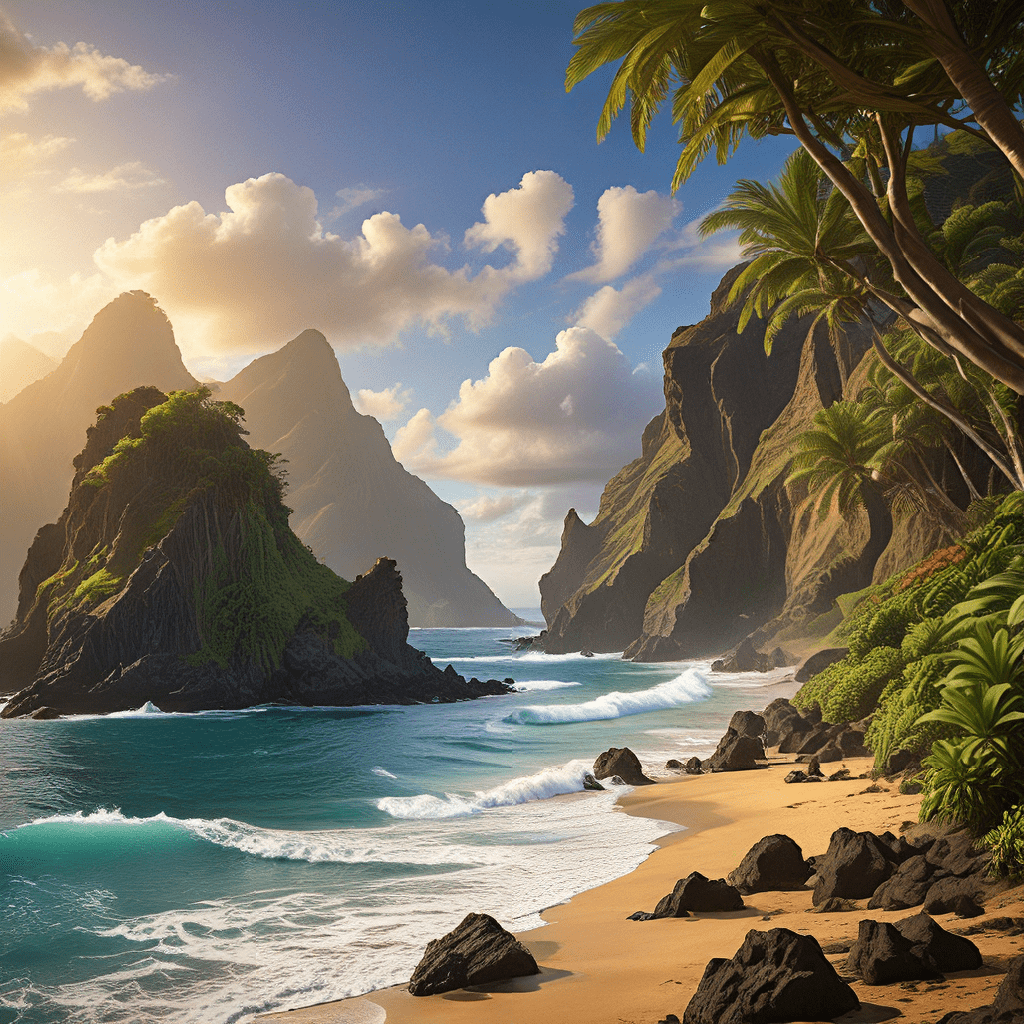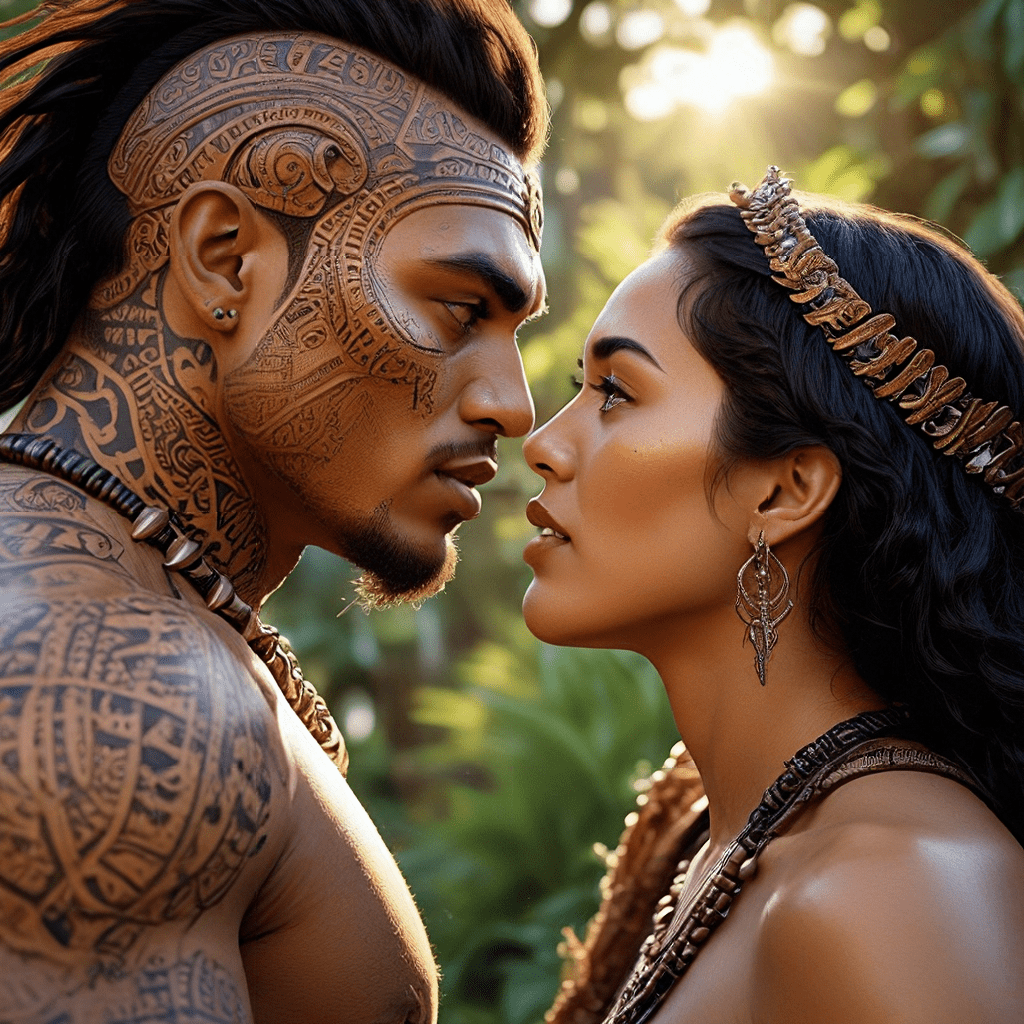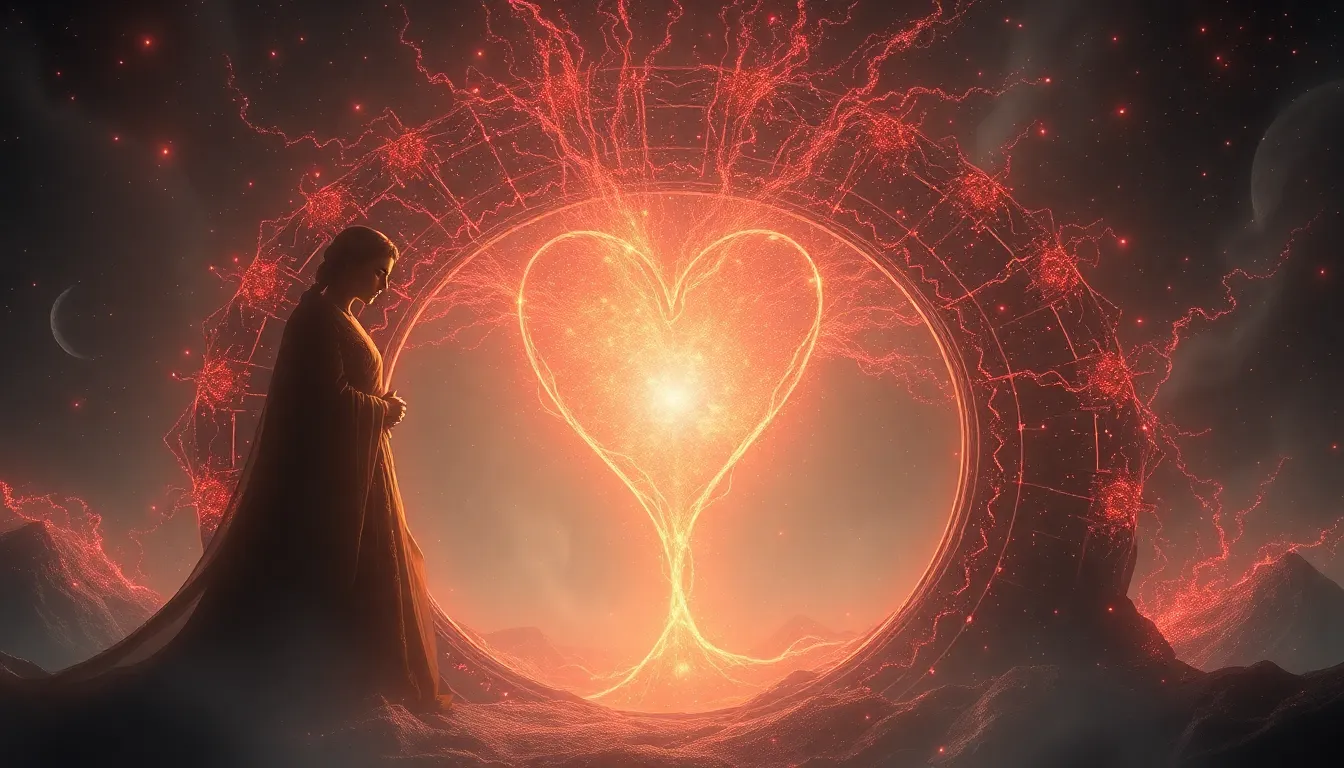The Realm of Hawaiian Mythology: A Tapestry of Islands and Legends
The islands of Hawaii are not just a breathtaking tropical paradise; they are also a living tapestry woven with ancient myths and legends. These stories, passed down through generations, offer a glimpse into the beliefs, values, and worldview of the Hawaiian people. Hawaiian mythology is rich with vibrant characters, epic voyages, and celestial bodies, all intertwined with the natural world. This vibrant and complex mythology provides a framework for understanding Hawaiian culture, its connection to nature, and its enduring spirit.
Navigating the Mythical Archipelago
Hawaiian mythology is a vast ocean of stories, spanning from the creation of the islands to the adventures of demigods. Each island, mountain, and valley is imbued with its own unique tales. Central to Hawaiian mythology is the concept of "mana," a powerful spiritual energy that permeates everything. Mana can be found in natural elements, ancestral spirits, and even objects, influencing the course of events and the lives of individuals.
Kahiki: The Land of the Gods and Ancestors
Beyond the familiar islands of Hawaii lies a mythical realm known as Kahiki. In Hawaiian lore, Kahiki, sometimes referred to as "The Land of the Gods," is the ancestral home of the Hawaiian people. It is a place of immense beauty, where the gods reside, and where the first humans emerged. Kahiki served as the inspiration for many voyages, with intrepid voyagers seeking to reconnect with their origins or to learn the secrets of navigation.
Moana Nui: The Vast Ocean, Source of Creation and Mystery
Moana Nui, "The Big Ocean," is not just a geographical entity in Hawaiian mythology; it is a fundamental force of creation. The ocean is the source of life, a cradle for the islands, and a pathway for gods and spirits. The ocean’s vastness is symbolic of the unknown and the mythical. It is also a source of inspiration for the art of navigation, which played a vital role in the development of Hawaiian culture.
The Islands as Sacred Sites: Islands of Power and Legend
Within the Hawaiian archipelago, each island is considered sacred, imbued with its own unique identity and significance. From the towering volcanic peaks of Mauna Kea to the lush rainforests of Kauai, the islands are seen as embodiments of the gods, the spirits of ancestors, and the power of the natural world. These islands are not just locations; they are living, breathing entities with their own stories to tell.
The Role of Akua (Deities): Shaping the Landscape and Culture
The Hawaiian pantheon of gods, known as akua, played a central role in shaping the landscape and culture of the islands. These deities were not distant, abstract beings but were actively involved in the lives of humans. They were responsible for the creation of the islands, the weather patterns, the fertility of the land, and even the behavior of humans.
One of the most prominent akua is Kū, the god of war, agriculture, and fertility. Kū was seen as a protector of the people and was often invoked in times of conflict or hardship. Another important akua is Kāne, the god of creation, knowledge, and healing. Kāne was associated with the sky, the sun, and the wind. Lono, the god of agriculture, peace, and prosperity, brought abundance to the land. And Kanaloa, the god of the sea, the underworld, and the night, represented the mysteries and dangers of the ocean.
These akua were not merely worshipped; they were integrated into the daily lives of the Hawaiian people. Their stories were used to teach lessons about morality, responsibility, and respect for the natural world. The akua were also invoked in ceremonies and rituals, which played a significant role in Hawaiian society.
The Significance of Mo’o (Lizards): Keepers of Knowledge, Guardians of the Land
The mo'o, a type of lizard that features prominently in Hawaiian mythology, are more than just reptiles. They are powerful beings with supernatural abilities and an intimate connection to the land. Mo'o were often seen as guardians of sacred places, protectors of knowledge, and sometimes even as teachers. They were feared but also respected, and their presence was often seen as a sign of good fortune.
The mo'o’s connection to water and the land made them powerful beings in the Hawaiian belief system. They were believed to control the flow of water, protect the forests, and even influence the weather. They were also thought to have the ability to shape-shift, taking on the form of humans, animals, or even plants.
Many legends tell of mo'o who helped humans or taught them valuable lessons. They were also known for their wisdom and their ability to foresee the future. However, mo'o could also be dangerous if angered or disrespected. Stories of mo'o attacking those who trespassed on their territory or violated their sacred places are common in Hawaiian folklore.
Exploring the Theories of Mythical Island Origins
The origins of the mythical islands in Hawaiian folklore remain shrouded in mystery. Some theories suggest that the islands represent real places that were once inhabited but are now lost to time, perhaps due to natural disasters or sea level changes. Others believe that the islands reflect a deeper understanding of the cosmos, with each island representing a specific celestial body or a different plane of existence.
One theory, rooted in Polynesian voyaging, suggests that the islands were inspired by real islands encountered during long journeys across the vast Pacific Ocean. These islands, while existing in physical reality, may have been embellished over time, becoming infused with mythical elements and becoming landmarks in the narrative of Hawaiian folklore.
The mythical islands, regardless of their origins, hold a significant place in Hawaiian culture. They serve as reminders of the deep connection between the Hawaiian people and their ancestral past, and they continue to inspire stories, songs, and dances that are passed down through generations.
The Influence of Polynesian Voyaging and Exploration
Hawaiian mythology is deeply influenced by the history of Polynesian voyaging and exploration. The voyages across the Pacific Ocean, guided by the stars and the currents, were not just physical journeys; they were also spiritual pilgrimages. The stories of these voyages, often filled with danger, heroism, and divine intervention, became infused into the fabric of Hawaiian mythology.
The journey to Kahiki, the mythical ancestral homeland, is a recurring theme in Hawaiian lore. These journeys, often undertaken by demigods or brave voyagers, symbolize the search for knowledge, the desire to reconnect with the past, and the power of human resilience in the face of adversity.
The navigational skills of the Polynesians, their knowledge of the stars, and their ability to read the currents and the winds are reflected in the stories of mythical islands, celestial beings, and the gods who guide the sea. These voyages, and the stories that emerged from them, continue to inspire awe and wonder in the Hawaiian people today.
The Power of Oral Tradition: Preserving and Shaping the Myths
Hawaiian mythology was not written down but was passed down through generations through oral tradition, a living, breathing form of storytelling. This tradition, a vital part of Hawaiian culture, ensured the preservation of myths and legends, and it also allowed them to evolve and adapt over time.
Storytellers, known as "kumu hula," were responsible for keeping the stories alive, weaving them into songs, dances, and ceremonies. The stories were not just entertainment; they were a way of teaching, inspiring, and connecting individuals to their heritage, their ancestors, and the natural world.
The oral tradition allowed for flexibility and variation in the storytelling. Each storyteller, with their own experiences and perspectives, would add their own unique spin to the stories, making them ever-evolving, dynamic, and relevant to the present. This flexibility was essential for ensuring that the stories remained engaging and meaningful across generations.
These mythical stories, preserved and shaped by the power of oral tradition, continue to resonate with the Hawaiian people today, providing a vibrant and enduring connection to their past, their culture, and their identity.
FAQ
Q: Is Kahiki a real place?
A: The existence of Kahiki as a real, physical place is a subject of much debate. Some believe it may have been a real island that vanished due to natural phenomena, while others view it as a purely mythical location representing the ancestral homeland or a paradise. The truth remains elusive, adding to the mystique and allure of Kahiki.
Q: How do mo'o play a role in modern Hawaiian culture?
A: While mo'o are not directly worshipped in modern times, they are still a part of Hawaiian folklore and cultural consciousness. Their presence in stories, art, and even place names serves as a reminder of the deep connection between the Hawaiian people and the natural world. The mo'o symbolize the power and wisdom of nature, and remind us to treat the environment with respect.
Q: What can we learn from Hawaiian mythology?
A: Hawaiian mythology offers a rich understanding of the Hawaiian worldview. It teaches us about the interconnectedness of all things, the importance of respecting the natural world, the power of storytelling, and the enduring strength of cultural traditions. It also provides a framework for understanding the cultural values, beliefs, and practices of the Hawaiian people.


